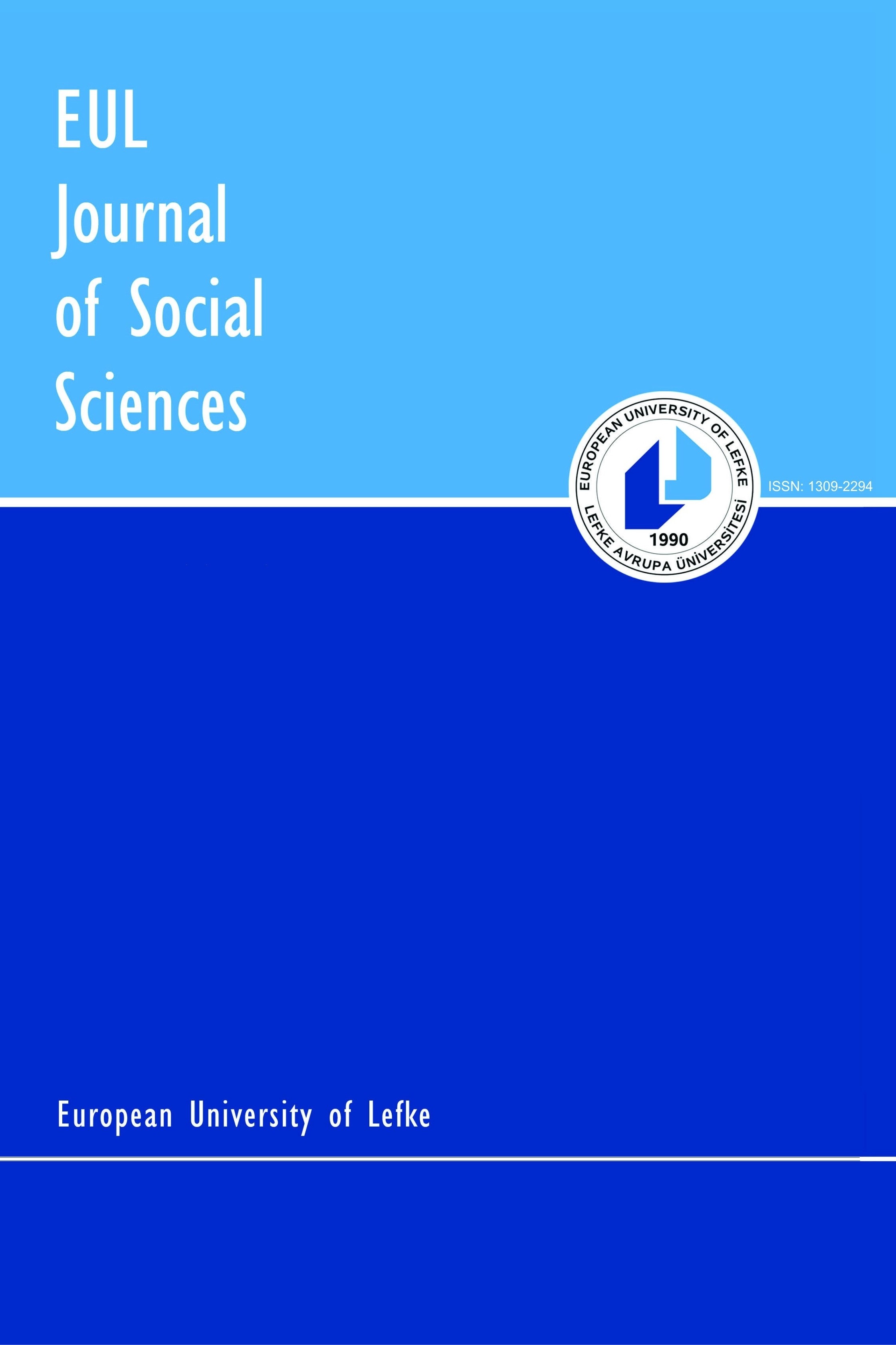The Political Unity Spectrum: A Theory of Left-Right Politics, From Liberalism to Emancipatory Progressivism
Abstract: While
political ideologies are often portrayed along a liberal–conservative continuum
in the United States and a left–right continuum in Europe, their universal
applicability is questionable. The switch between left and right, and the
nature of what is being conserved in the US for the former, conflating left and
leftism for the latter, and the differing aspects of the words ‘liberal’ and
‘liberalism’ make it confusing to authors to devise similar continuums for
other countries. The Political Unity Spectrum offers a visual abstraction of
universalistic left-right politics under four types of political unity as well
as suggesting that moving between these confines is possible. Using this
abstraction, the positions of Turkey and Iran are defined, while also answering
the following political questions: (1) how failing to maintain political
cohesion could lead to civil wars; (2) how left and right switched places in
the US; (3) how both left and right in the US and in Europe are left-wing in
Turkey and in Iran; (4) the difference between liberalism and progressivism.
Keywords: Left-right
politics; partisanship; liberalism; public opinion; the Overton Window of
Political Possibilities
Anahtar Kelimeler:
Left-right politics, partisanship, liberalism
___
- Bannon, S. (2018), Munk Debate: The Rise of Populism, retrieved from Conservative Political Action Conference (CPAC): https://www.youtube.com/watch? v=poq5ZrAc7pk&t=643, Retreived: 10.05.2018
- Carlisle, R. P. (2005), Encyclopedia of Politics: The Left and the Right, London: Sage Publications, Inc.
- Chong, D., and Druckman, J. N. (2007), “Framing Public Opinion in Competitive Democracies”, American Political Science Review, 101(4): 637-655.
- Chong, D., and Druckman, J. N. (2007), “Framing Theory”, Annual Review of Political Science, 10(1): 103-126.
- Collier, D., and Levitsky, S. (1997), “Democracy with Adjectives: Conceptual Innovation in Comparative Research, World Politics, 430-451.
- Dahl, R. A. (1971), Polyarchy: Participation and Opposition, Yale University Press: New Haven.
- Davies, H. (2015), “Ted Cruz Using Firm that Harvested Data on Millions of Unwitting Facebook Users”, Retrieved February 2019, from The Guardian: https://www.theguardian.com/us-news/2015/dec/11/senator-ted-cruz-president-campaign-facebook-user-data, Retreived: 07.12.2018
- Gage, A. P. (2003), MicroTargeting. American Association of Political Consultants: http://theaapc.org/about-us/board-of-directors/alex-gage/, Retreived: 20.05.2019
- Haidt, J., Graham, J., and Joseph, C. (2009), “Above and Below Left–Right: Ideological Narratives and Moral Foundations. Psychological Inquiry, 20(2-3): 110-119.
- Huber, J., and Inglehart, R. (1995), “Expert Interpretations of Party Space and Party Locations in 42 Societies”, Party Politics, 1(1): 73-111.
- Hummel, J. (1999), Emancipating Slaves, Enslaving Free Men: A History of the American Civil War (2nd ed.), Chicago: Open Court.
- Huntington, S. P. (1993), “The Clash of Civilizations”, Foreign Affairs, 70(3): 22-49.
- Lehman, J. (2010), An Introduction to the Overton Window of Political Possibility. Mackinac Center for Public Policy: https://www.mackinac.org/12481, Retreived: 08.05.2019
- Maloney, S. (2015), Iran's Political Economy since the Revolution, Cambridge: University Press.
- MIntyre, L. (2018), Post-Truth, Massachusetts: MIT Press.
- McPherson, J. M. (2003), Battle Cry of Freedom: The Civil War Era, Oxford: Oxford University Press.
- Öniş, Z. (2009), “Conservative Globalism at the Crossroads: The Justice and Development Party and the Thorny Path to Democratic Consolidation in Turkey”, Mediterranean Politics, 14(1): 21-40.
- ISSN: 1309-2294
- Yayın Aralığı: Yılda 2 Sayı
- Başlangıç: 2010
- Yayıncı: Lefke Avrupa Üniversitesi
Sayıdaki Diğer Makaleler
Bilgi Merkezlerinde Kurumsal İmaj Uygulamaları
Farklı Boyutlarıyla Süreç Temelli Düşünceyi Anlamak
Sınırlı Stratejik Ortaklık: Rusya-Çin İlişkileri
Bazı Kurumsal Çalışmalar Çerçevesinde Belediyelerin Mali Durumu Hakkındaki Temel Değerlendirmeler
